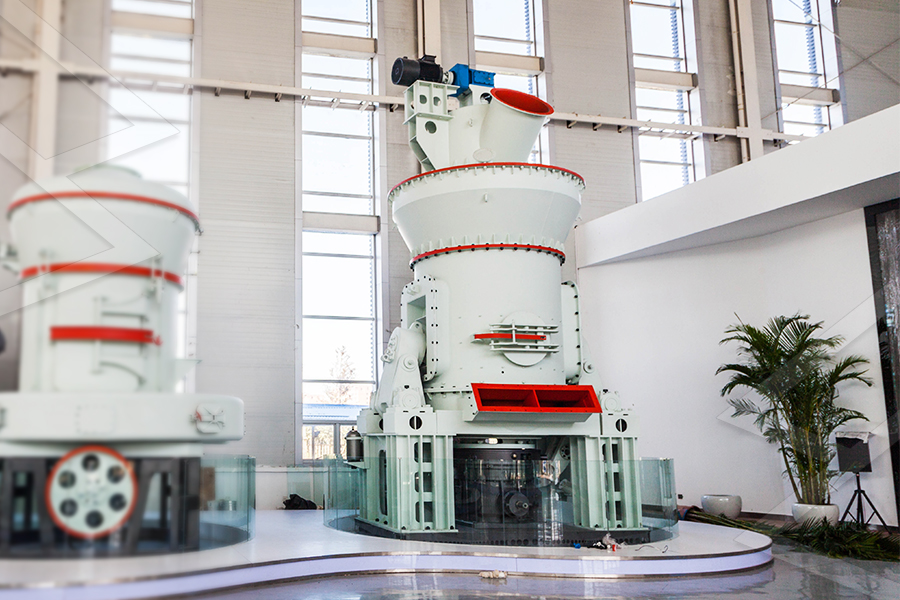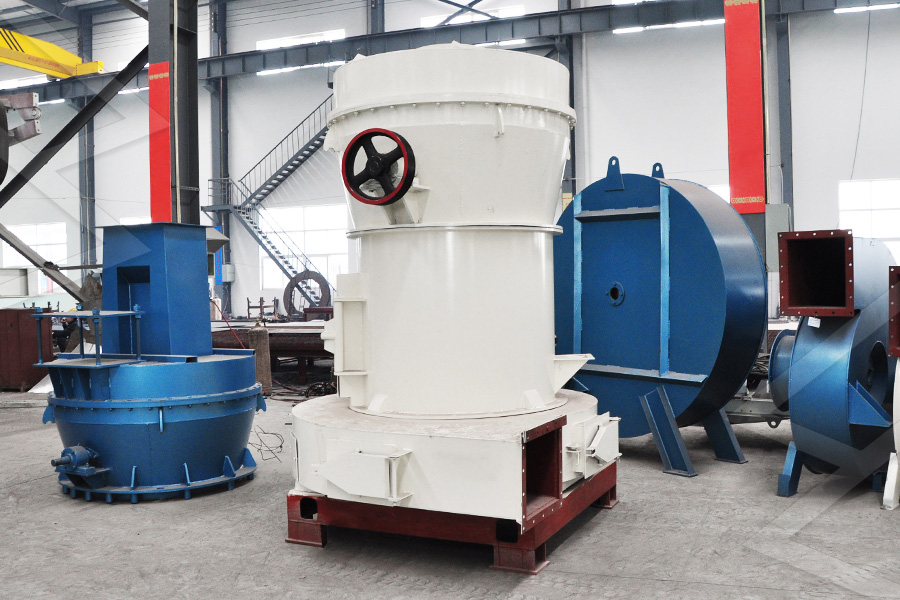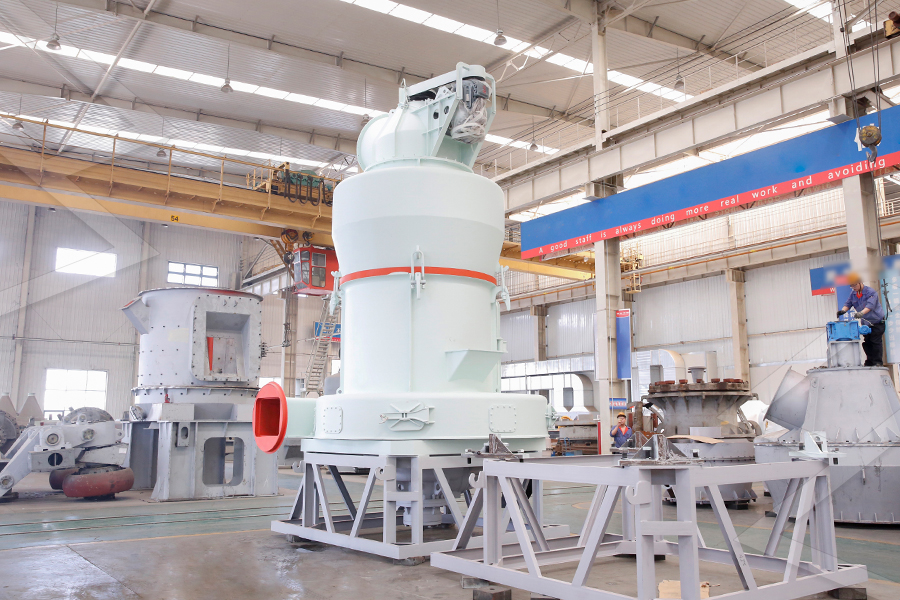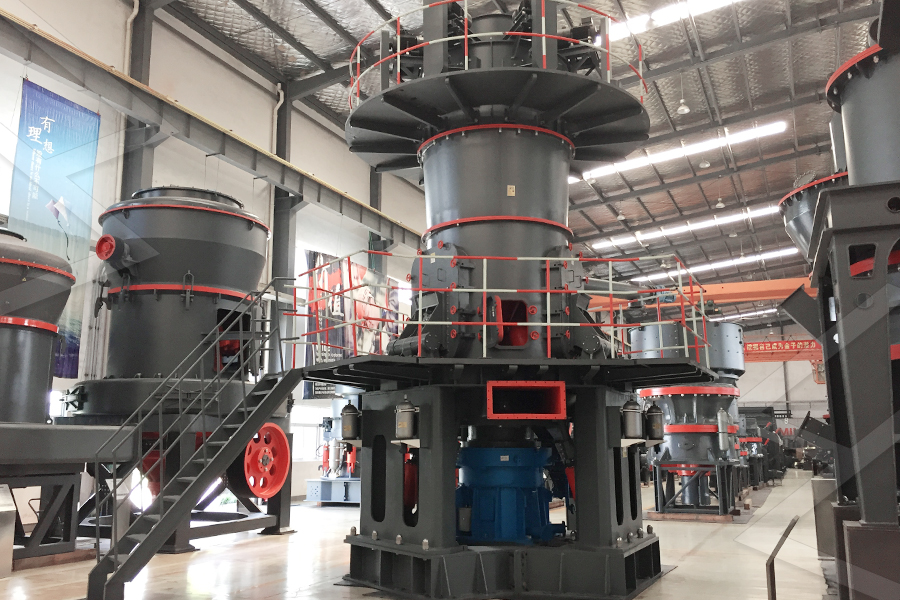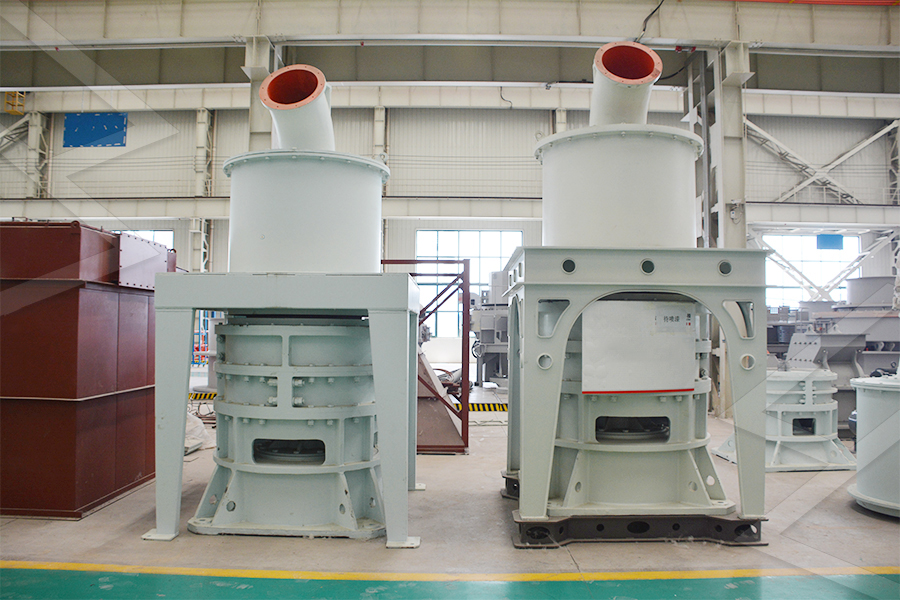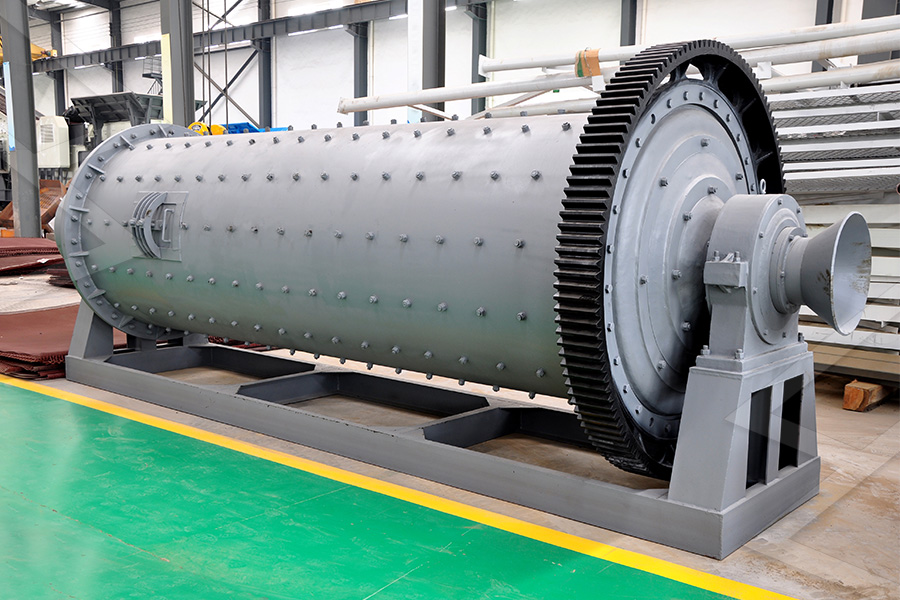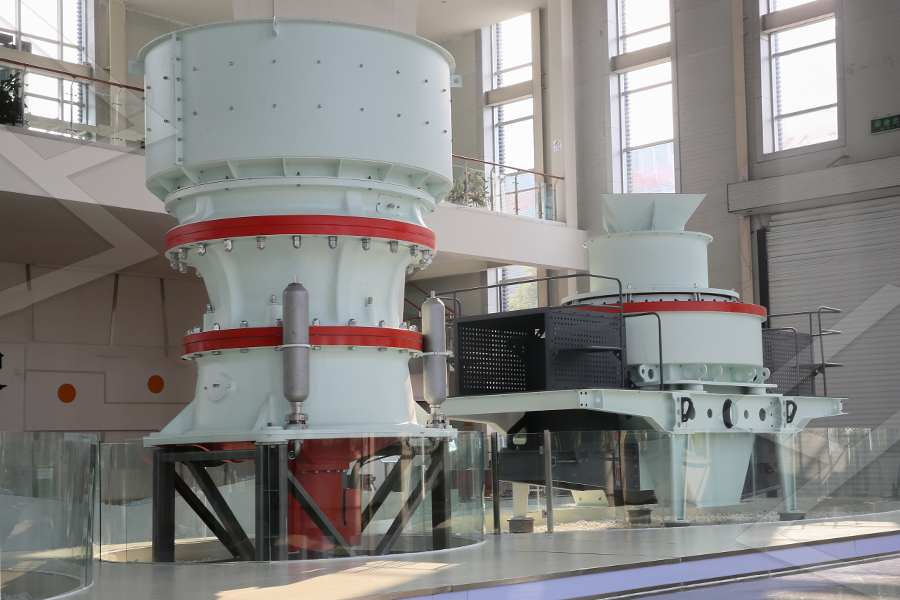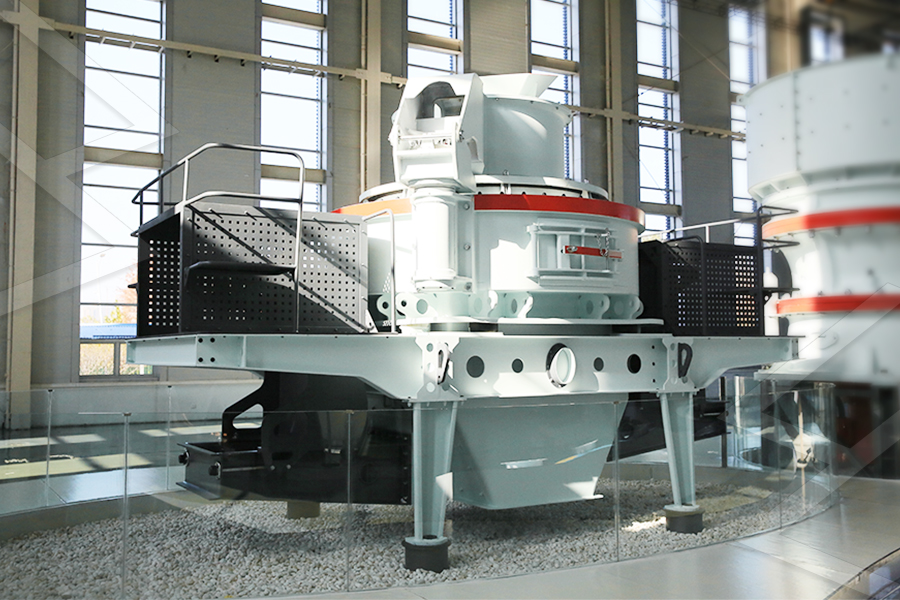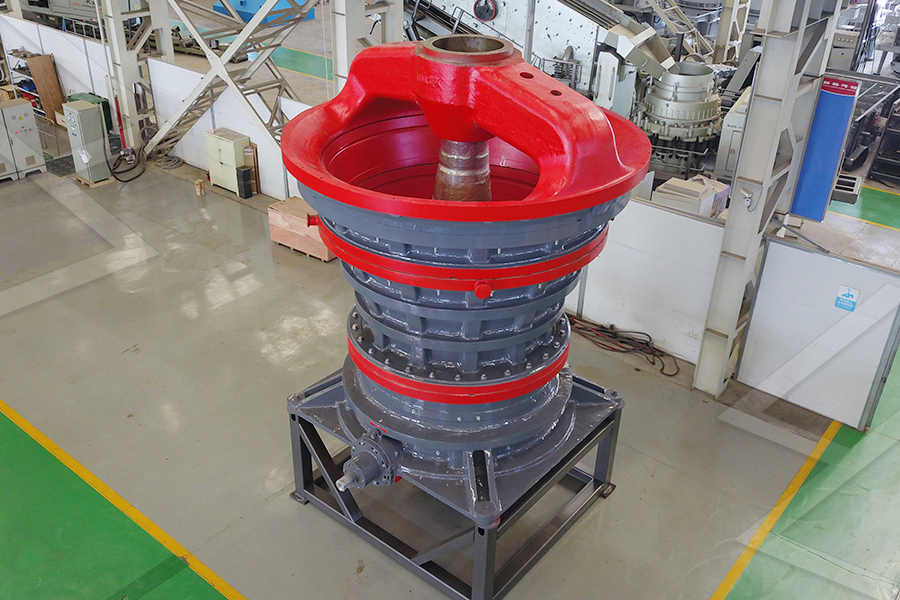Fluorite Grinding Project for Metallurgical Flux (8 TPH, 280 Mesh)
Fluorite (CaF₂) is a critical flux in the metallurgical industry, used in steelmaking and non-ferrous metal smelting to lower slag viscosity and remove impurities. This article details a fluorite grinding project in Zhejiang Province, China—a major fluorite-producing region—producing 280-mesh fluorite powder at 8 TPH for a nearby copper smelter. The project focuses on achieving high CaF₂ content and low silica (SiO₂) levels, key factors for effective flux performance.
Project Background and Metallurgical Needs
Copper smelting requires fluorite as a flux to: (1) Lower the melting point of slag (from 1400°C to 1200°C), reducing energy use; (2) Improve slag fluidity, allowing easier separation from molten copper; (3) Remove impurities like phosphorus (P) and sulfur (S). The smelter specified 280-mesh (53 μm) fineness because finer fluorite powder reacts more quickly with slag (surface area is 3x greater than 100-mesh powder). It also required CaF₂ ≥90% and SiO₂ ≤5%—high silica increases slag volume, reducing copper recovery. The 8 TPH capacity matches the smelter’s daily fluorite demand (192 tons per day, enough to process 960 tons of copper concentrate).
Raw Material and Pretreatment
Raw fluorite is sourced from a mine in Fujian Province, with a CaF₂ content of 92-94% and SiO₂ content of 3-4% (meeting the smelter’s requirements). The raw fluorite arrives as 50-150mm blocks, which undergo pretreatment to remove impurities and reduce size: (1) Crushing: A jaw crusher (primary) reduces blocks to 20-30mm, followed by a cone crusher (secondary) to 10-15mm; (2) Washing: The crushed fluorite is washed with water to remove clay and dust (which increases silica levels), then dried in a rotary dryer at 110°C to <0.5% moisture; (3) Hand sorting: Workers manually remove silica-rich rocks (identified by color—fluorite is purple/green, silica is white/gray) to further reduce SiO₂ to <3%.
